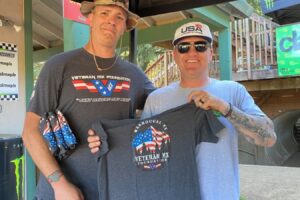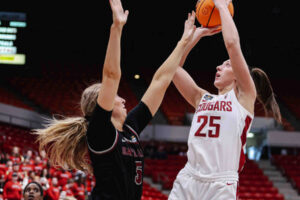Ever since Blake Bell was diagnosed with Type 1 diabetes five years ago, his family has banded together to support him.
On July 26, the Bell family — parents, Brad and Dana and brother, Nate — did just that, supporting 11-year-old Blake through their participation in the American Diabetes Association’s annual Tour de Cure fundraiser for the first time.
“We’ve always been involved in the ADA’s events, and this year we wanted to try something different,” said Dana. “We’ll definitely be doing this again in the future.”
The Camas family rode 27 miles alongside others diagnosed with diabetes and their families. They raised more than $3,500 through donations and participation of friends and family on their team, Blake’s Biggest Supporters.
Dana said that it was very inspiring for the kids and family to see all the other Red Riders, riders diagnosed with diabetes named after the red jerseys they wear.




